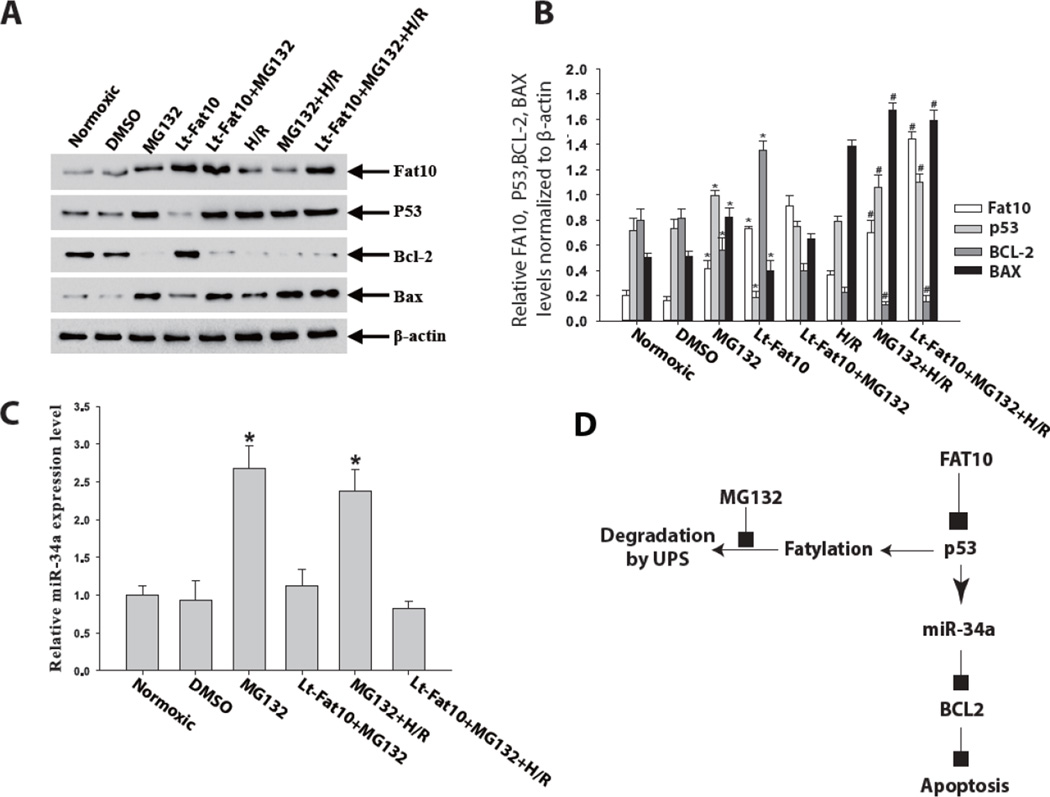Figure 6. Inhibition of the Ubiquitin-Proteasome System (UPS) abrogates the anti-apoptotic effects of FAT10.
A. Western blots showing levels of p53, BCL2 and BAX proteins in cardiac myocytes transduced with recombinant lentiviruses expressing FAT10 before and after treatment with MG132 for 4 h under normoxic conditions as well as before and after exposure to H/R. β-actin was used as a control for loading conditions. Over-expression of FAT10 is associated with reduced p53 and BAX levels and increased BCL2 level. Treatment with MG132 attenuates the molecular anti-apoptotic effects observed upon over-expression of FAT10.
B. Quantitative analysis of p53, BCL2 and BAX proteins levels in the experimental groups. *p<0.05 under normoxic, and #p<0.05 vs. normoxic groups.
C. qPCR analysis of miR-34a level in the experimental group. Data were shown as Mean ± SEM in 3 tests from different experiments for each group. *p<0.05 vs normoxic group.
D. A proposed mechanism for the anti-apoptotic role of FAT10 in NRCM. FAT10 through fatylation and UPS-mediated degradation reduced level of p53 and its trans-regulated miR, miR34-a, which in turn results in increased expression of anti-apoptotic protein BCL2 and reduced apoptosis.

